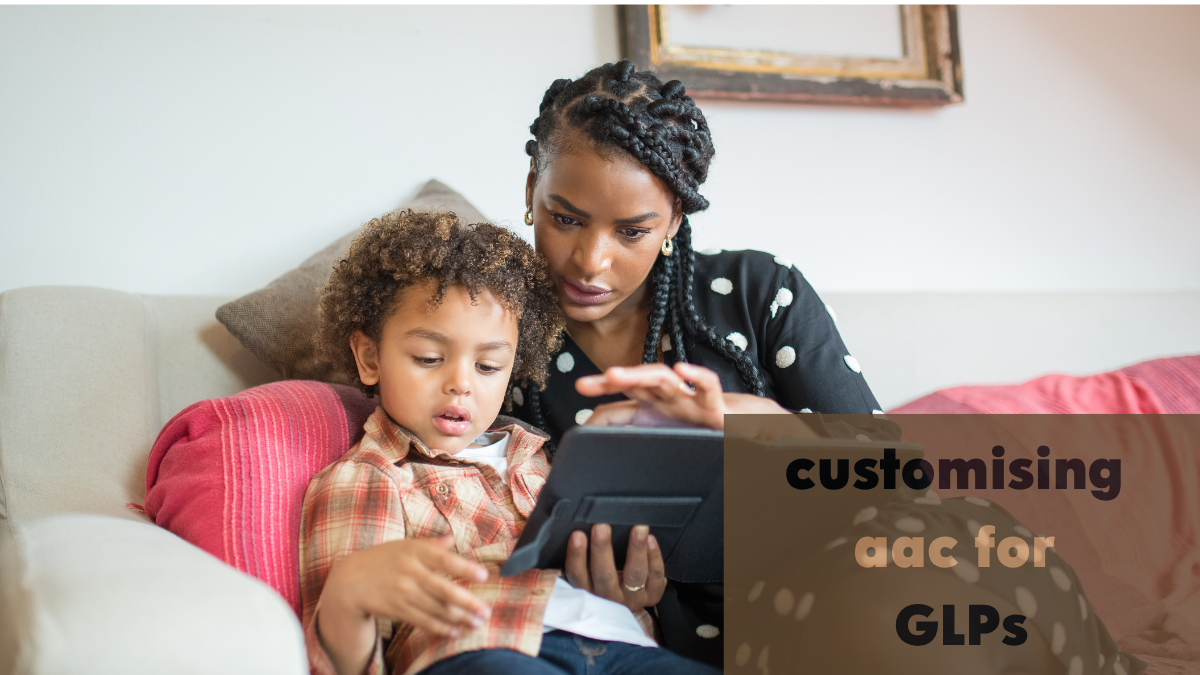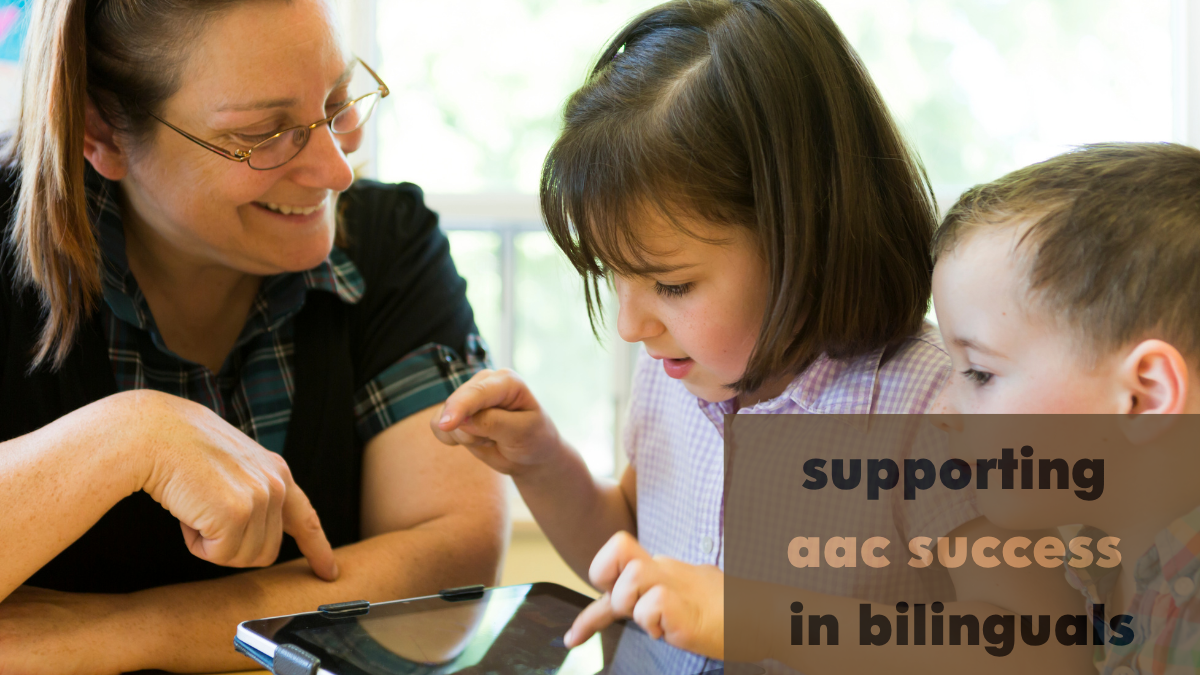What is fidgeting? Is it harmful or is it beneficial? Learn all that and more in this blog!
To Fidget. Or Not to Fidget
Fidgeting is a frequent behavior. Almost everyone has done it at one time or another. It refers to the little movements we do with our body, without even realizing it. Some examples of this are tapping your foot, clicking a pen, twirling a particular lock of hair and more.
For people on the autism spectrum, fidgeting is seen as disruptive behavior. It is viewed a hindrance in their daily activities. This is a perception held largely by people not on the spectrum. This is a deeply misplaced view.
Nervousness, annoyance, anxiety, boredom, ADHD, excitement, or a mix of these – any of them could cause fidgeting.


Some Types of Fidgeting
Here are some actions that counts as fidgeting:
- Paying attention to details in one’s surroundings or watching anything while executing a task, such as looking out the window.
- Swaying back and forth, shuffling feet and more, involve moving one’s body while trying to concentrate on a task.
- Chewing gum, frequent intake of beverages and many more!
Why do Autistic Individuals Fidget?
Autistic individuals are very sensitive to sensory information. To reduce sensory overload, they focus their attention on one thing at a time. This may take the form of fidgeting.
The general concern is that autistic individuals start fidgeting due to anxiety, stress, restlessness, boredom, low attention level, and so on. These actions could signal an issue with concentration. However, it could also be the answer.
Fidgeting may provide physiological stimulation. This in turn allows thoughts to focus better. This is happens because the actions brings attention and energy levels to a level that allows one to focus on the activity at hand.
For instance, autistic individuals who doodle during conversations or activities. They remember details much better when they doodle, than when they do not.
Fidget to Focus
As we just saw, fidgeting has a few advantages. According to research, it improves performance. Parents and experts have noticed that if you focus on the fidget, then you focus on the brain. It also makes the fidgeter more alert by increasing their physiological responses.
A research study suggests that fidgeting may boost knowledge absorption and performance in people who are sensitive to brain under-arousal. Researchers also say that it is the brain’s way of hinting at the need to enhance concentration and executive function. Executive functions are the mental capabilities that allow us to regulate and coordinate abilities. These include things like self-control and problem-solving.
Long periods of sitting has been shown to reduce blood flow to the legs. This is turn results in hypertension and atherosclerosis. (blood vessel hardening). Data from a study on the effects of fidgeting on health in 2016 has concluded that it counterbalances some of the harmful health effects of excessive sitting.
Fidgeting & Improved Cognitive Performance
Fidgeting can help to engage and stimulate various parts of the brain. This helps to alleviate some of the body’s stress during stressful or high-pressure situations. According to cognitive research, fidgeting is linked to the stimulation levels of the fidgeters. In other words, it can be an effective self-control technique. It helps to enhance or drop attention levels depending on the situation. It does this by either promoting relaxation or promoting energizing.
Effective Fidgeting Strategies
Here are some ways in which you can support fidgeting effectively:
- Inculcate creative learning techniques. This will help to encourage the fidgeter to draw or, write words and numbers while listening to a teacher’s lecture or meetings.
- Keeping the hands busy with fidget tools can help attain a relaxed state, thereby increasing attention span during an activity.
- Music is a great way to refocus attention. Choose and play the music that is appropriate for the task at hand.
- Include attention boosting games. For example, games like Simon Says, require the fidgeter to pay attention and develop good listening skills.
Fidgeting Safely
Recent studies have shown that fidgeting is an effective support for autistic and other neurodivergent individuals. That said, it is vital to remember we facilitate it within respectful and safe boundaries.
The degree of fidgeting changes for every individual. Mild fidgeting is not life-threatening. Some forms of fidgeting may be physically harmful. In such cases we may look to take medical or expert attention to provide safer alternatives.
During class or a business meeting, clicking a pen or tapping a notebook can be distracting to others. In such cases, a stress ball or a fidget toy will allow the fidgeter to continue being in a state of calm in an otherwise stressful environment.
Conclusion
As a final note, it is important for parents and educators to know that fidgeting is an outcome of the brain’s sensory-motor activity. Its is a natural, instinctive response to neural stimulation deficiency when an activity does not engage one’s complete attention for a few reasons. We should not suppress these actions without thought. Instead, we should be proactive about the fidgeter’s surroundings. We should work towards providing conditions for safe and affirming fidgeting techniques. This will ensure that it is beneficial in the long run.



